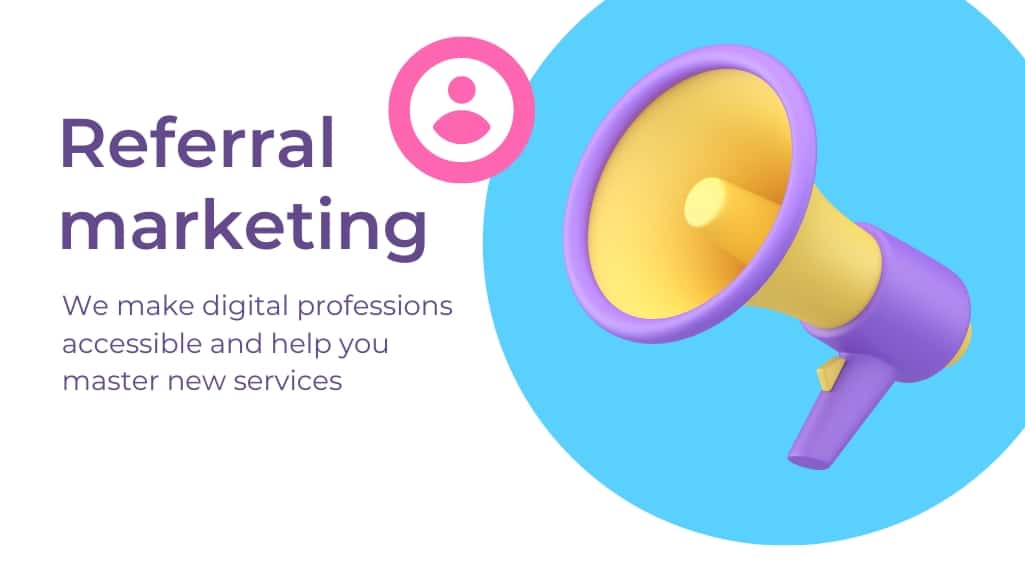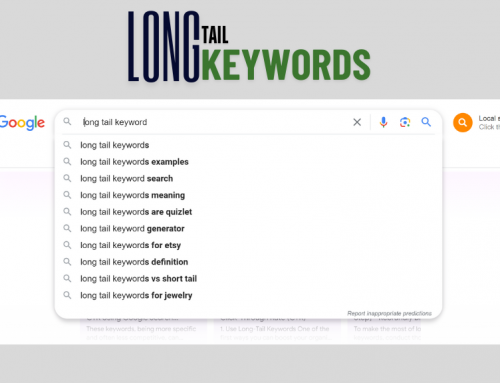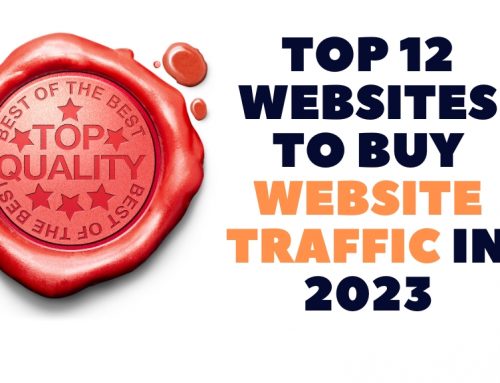In today’s competitive online landscape, attracting visitors to your website can be a daunting task. Paid advertising and SEO remain crucial tools, but one of the most valuable sources of traffic often gets overlooked: referral traffic. Here’s a deep dive into how referral traffic works, its benefits, and strategies to harness its power organically. We’ll also explore the option of buying referral traffic, considering its potential drawbacks and offering some alternative approaches for a new website or blog.
What is Referral Traffic?
Referral traffic refers to visitors who arrive at your website by clicking a link from another website, excluding search engines and direct visits. Imagine a food blogger raving about your delicious handcrafted pizzas and including a link to your pizzeria’s website in their review. Readers who click that link and visit your site are considered referral traffic.
How Does Referral Traffic Work?
Tracking systems use various methods to identify referral traffic sources:
- Referral Links: These unique links contain codes that pinpoint the referring website. When someone clicks the link, the tracking system recognizes the source.
- UTM Parameters: These codes appended to URLs track specific marketing campaigns. For example, a social media campaign might use UTM parameters to identify traffic originating from a Facebook post.
- IP Address Tracking: (Less precise) In some cases, referral traffic might be identified by analyzing referring IP addresses.
The Power of Referral Traffic:
Referral traffic offers several advantages over other traffic sources:
- Increased Credibility: Visitors arriving from a trusted source, like a friend’s blog or a respected industry publication, are more likely to be receptive to your message. Referrals come pre-qualified with a level of trust that paid advertising often struggles to achieve.
- Higher Conversion Rates: Since referred visitors are already somewhat familiar with your brand and potentially influenced by a positive recommendation, they are more likely to convert into leads or sales.
- Improved Brand Reputation: Positive referrals spread organically, building brand awareness and trust. This can lead to a snowball effect, attracting even more organic traffic through word-of-mouth marketing.
- Targeted Audience: Referral traffic often comes from websites with a similar target audience to your own. This means visitors are more likely to be genuinely interested in your offerings.
Generating Referral Traffic Organically:
Building a sustainable source of referral traffic takes time and effort, but the rewards are substantial. Here are some strategies to get you started, especially for a new website or blog:
- Create High-Quality Content: Develop informative, engaging content that people naturally want to share. Focus on providing valuable resources, like blog posts, infographics, videos, or tutorials, that establish you as an authority in your niche.
- Build Relationships with Influencers: Partner with relevant influencers in your industry who can promote your website and content to their audience.
- Optimize for Social Sharing: Integrate social media sharing buttons and clear calls to action on your website and marketing materials. Make it easy for visitors to share your content with their networks.
- Engage in Online Communities: Participate in relevant online forums and discussions, providing valuable insights and establishing yourself as a thought leader.
- Guest Blogging: Contribute guest posts to other websites within your niche. This allows you to reach a wider audience and generate backlinks, which can indirectly increase referral traffic.
- Prioritize Customer Satisfaction: Deliver exceptional customer service and high-quality products or services. Happy customers are more likely to become brand advocates and refer your business to others.
Buying Referral Traffic: Proceed with Caution
While the concept of buying referral traffic might seem appealing, it’s important to approach it with caution, especially for a new website or blog. Here’s why:
- Low-Quality Traffic: Some providers might offer cheap referral traffic, but it often comes from irrelevant sources or bots. This traffic can hurt your website’s ranking in search results and is unlikely to convert into actual customers.
- Focus on Quality, Not Quantity: High-quality, targeted traffic is more valuable than large volumes of irrelevant visitors. Invest your resources in strategies that attract genuine leads interested in your offerings.
- Building Trust Takes Time: Organic referrals come from trust and credibility that takes time to build. Buying traffic might generate a temporary boost in visitor numbers, but it won’t establish long-term, sustainable growth.
Focus on Long-Term Strategies:
Investing in organic referral generation through high-quality content, relationship building, and customer satisfaction is a more sustainable approach. This approach takes time and effort, but it will ultimately yield more valuable traffic, higher conversions, and a more loyal customer base.
Remember:
Successful referral traffic generation involves building trust and establishing yourself as a valuable resource in your niche. By implementing the strategies outlined above and prioritizing organic growth.





